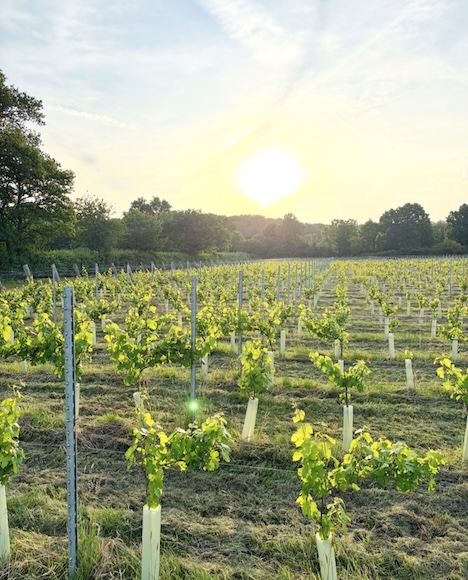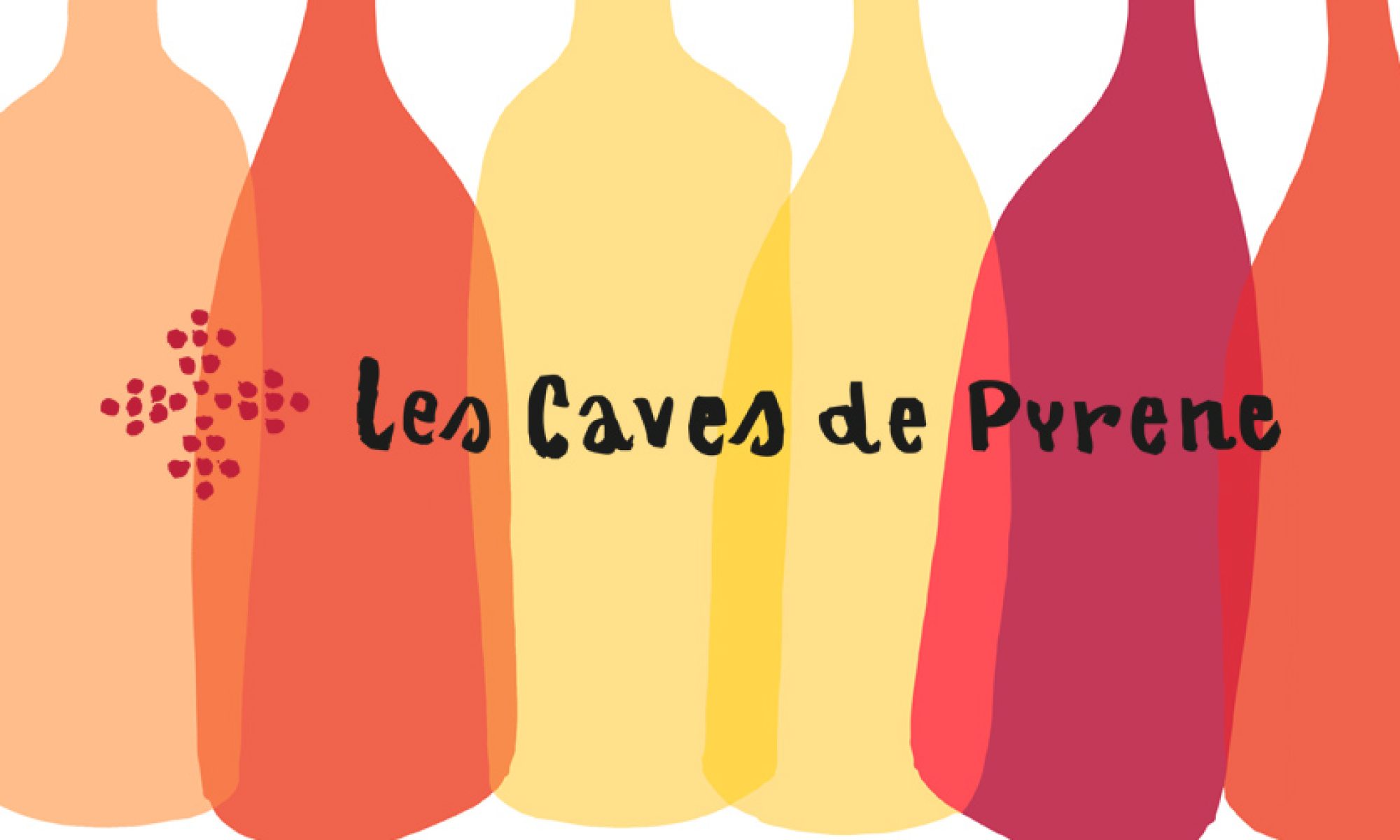
Regenerative farming is attractive as a philosophy in that it puts nature and the environment first. Post-war farming practices have been industrial (exploitation of the land leading to over-production) or commercial (requiring homogenous outcomes) – using nature as a means to an end, not taking into consideration the damage done to the soil, to the environment, to our health and our mental well-being. Nor is what is produced wholesome. Food (and drink) generally lacks dietary sustenance because the necessary probiotic material that provides it with those qualities has been ruptured by chemical additions (during every stage of the farming and manufacturing process).
Studies on horticultural therapy show that immersing oneself in a natural environment is beneficial to mental health.
Regenerative farming helps to join the dots–from the ground up. Revitalising the biome encouraging organic growth or microbiological organisms in the soil, allowing plant, insect, bird and animal life to flourish, and by virtue of example teaching us why these things should matter to us a society, involving the community, giving adults and children the opportunity to appreciate nature and to be a part of it. Studies on horticultural therapy show that immersing oneself in a natural environment is beneficial to mental health.
On another level, regenerative farming is connected with the Golden Rule, where ethical trading partnerships based on mutual respect, rather than obviously commercial transactional ones, are forged. The word “holistic” is perhaps over-used, but a regenerative philosophy involves approaching farming in the round, creating a sustainable long-term programme that benefits all and creating lasting connections and leaves a legacy to the next generation. In this sense, it is like mycelium, the vegetative part of a fungus with its root network of thread-like structures called hyphae that extends into soil or other substrates.
In terms of the nuts and bolts of regen farming, plenty of research goes into discovering what works and what doesn’t. There is no one-size-fits-all solution, even if there are common guiding principles. Responding to challenges creatively is part of the ongoing learning process (natural solutions to natural problems) rather than always reverting to the chemical silver bullet. Perhaps the most important less to learn is that every decision we make has consequences. Giving nature a helping hand might require active involvement or allowing things to take their course. Farming practice has shaped the land over the centuries and in recent decades has been about pushing against nature, making the land work on our behalf rather than viewing farming as a kind of stewardship.
As a wine company, we want to work with wines that reflect the places that they come from and the passion of the people who make them. Organic and sustainable farming practices are fundamental to this. Farming must be a nurturing process, not a single-sided transaction where resources are extracted, and nothing is ever returned. The earth’s ecosystem is fragile and easily impacted. Land and water are both precious and finite resources. Regenerative farming helps to set in place essential (local) programmes for auditing inputs and monitoring outcomes and the offers solutions for long-term resilience.
We would rather lead people to these conclusions, rather than preach at them. To see the difference when land is sustainably farmed and ultimately to taste the difference. The evidence lies primarily in the life of the vineyard and the delicious and nourishing flavours of the wines themselves.
For further reading on this subject, please check out the following page: On Regenerative Farming: A Seminar at Real Wine in the Vines.

